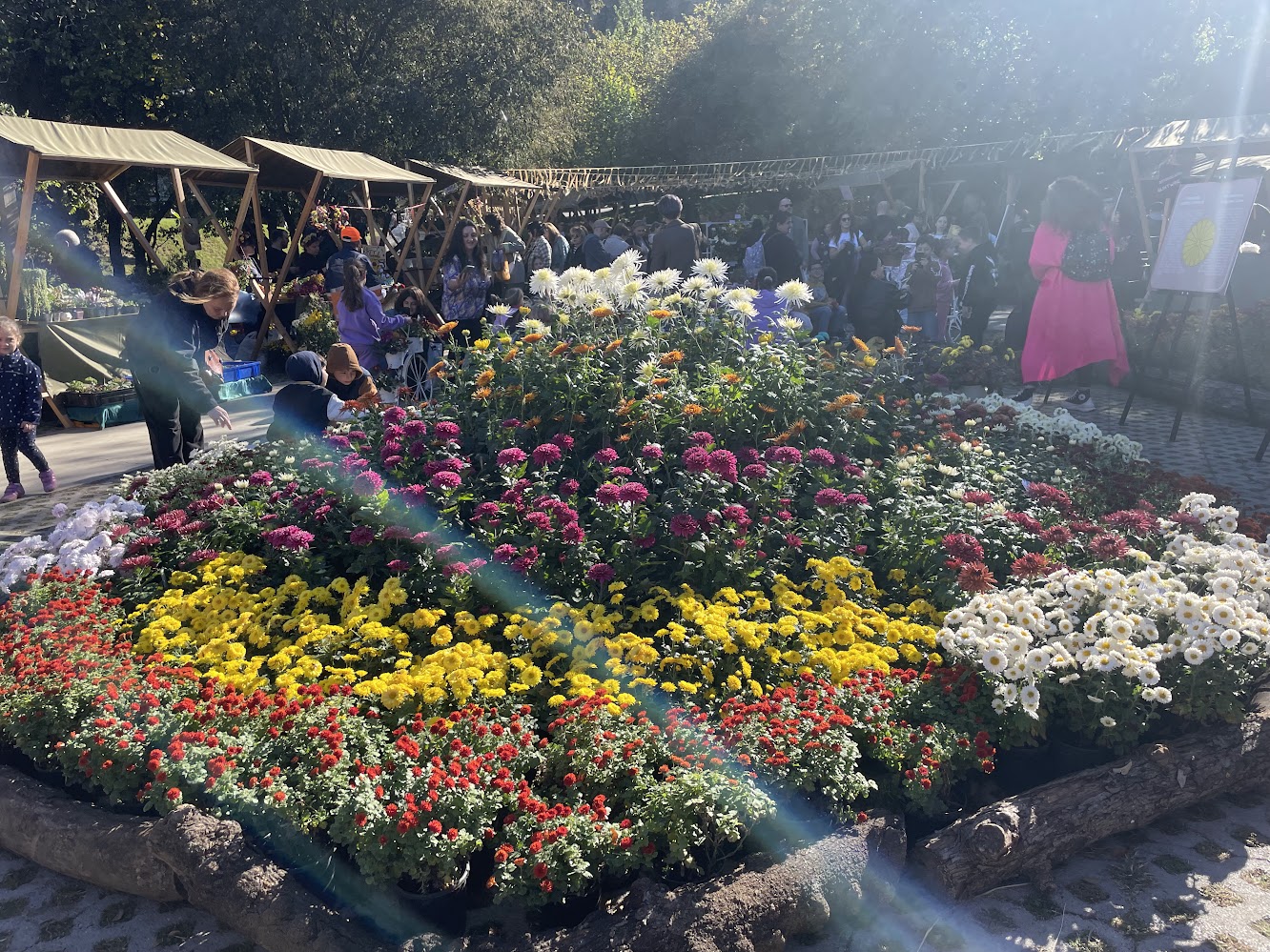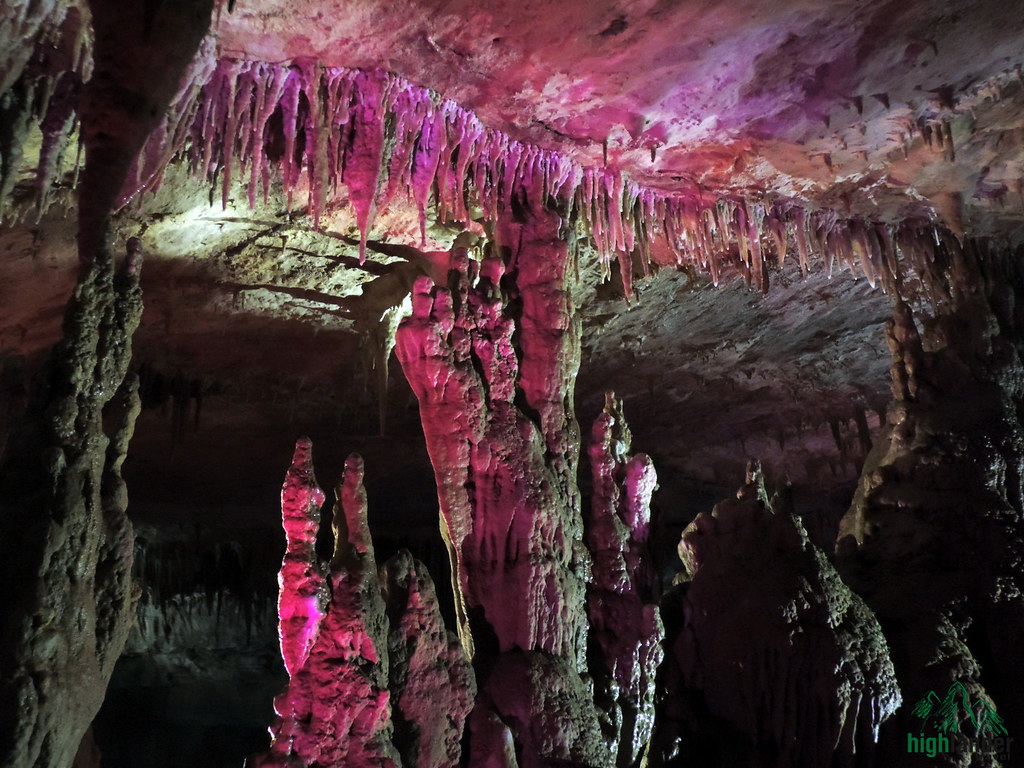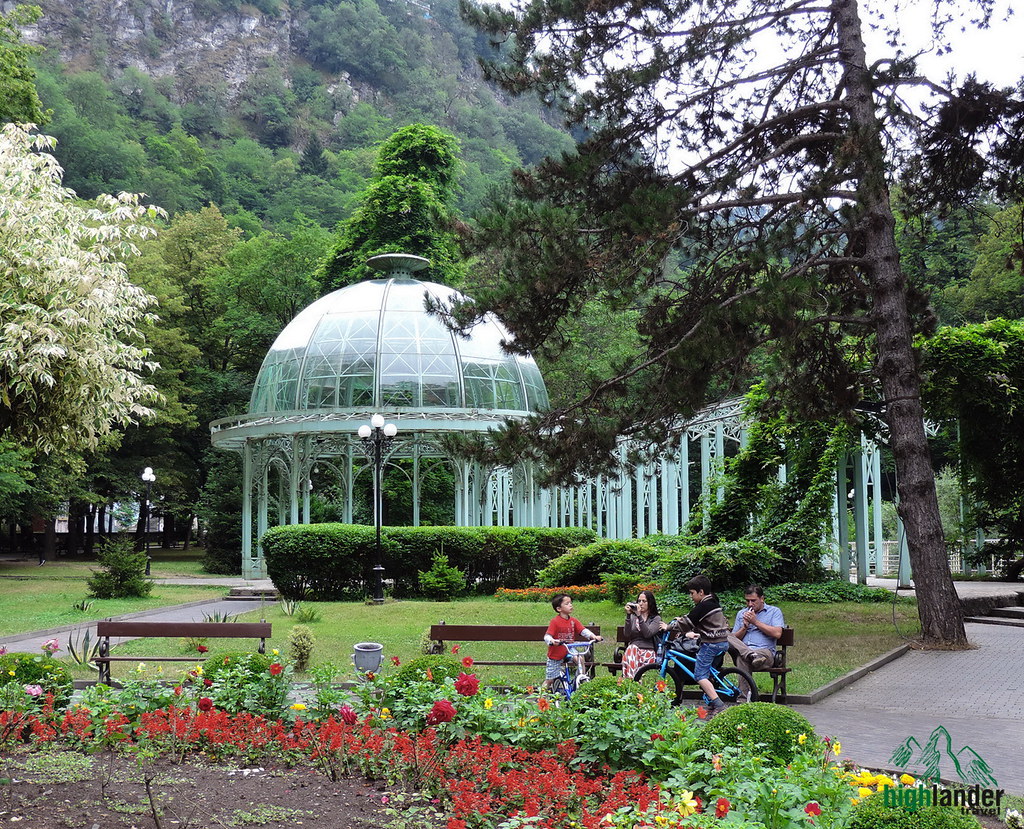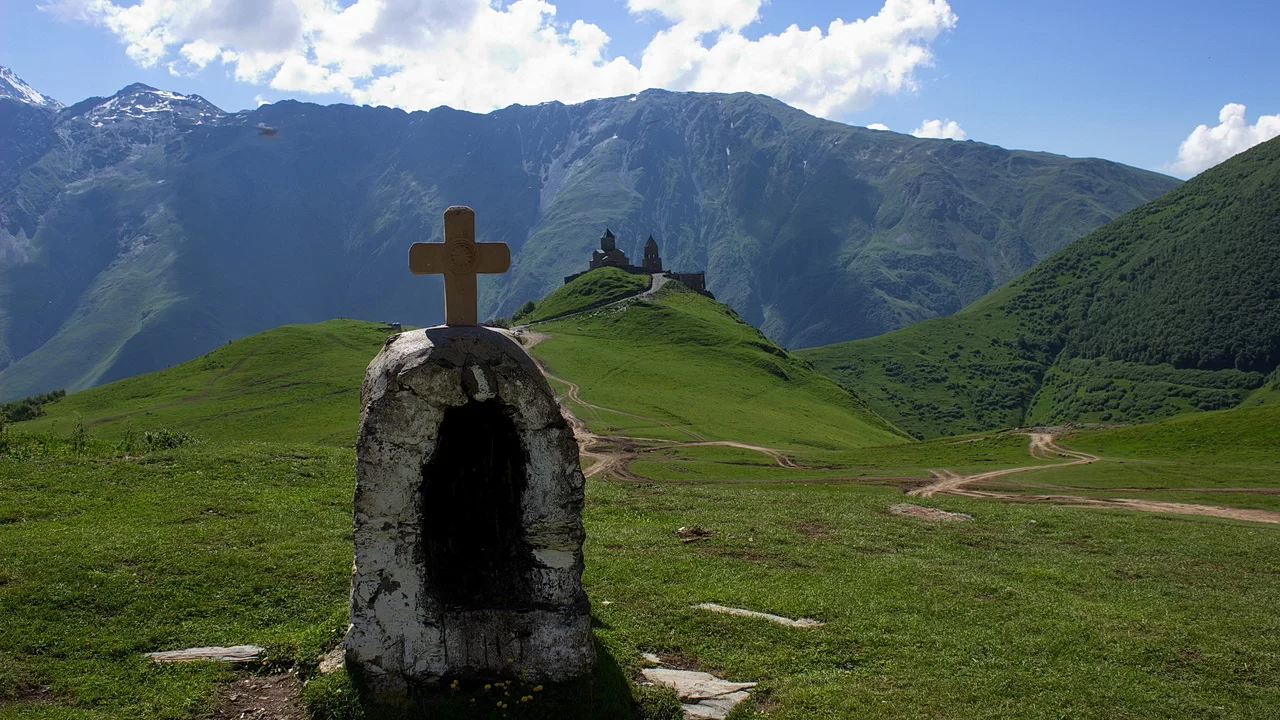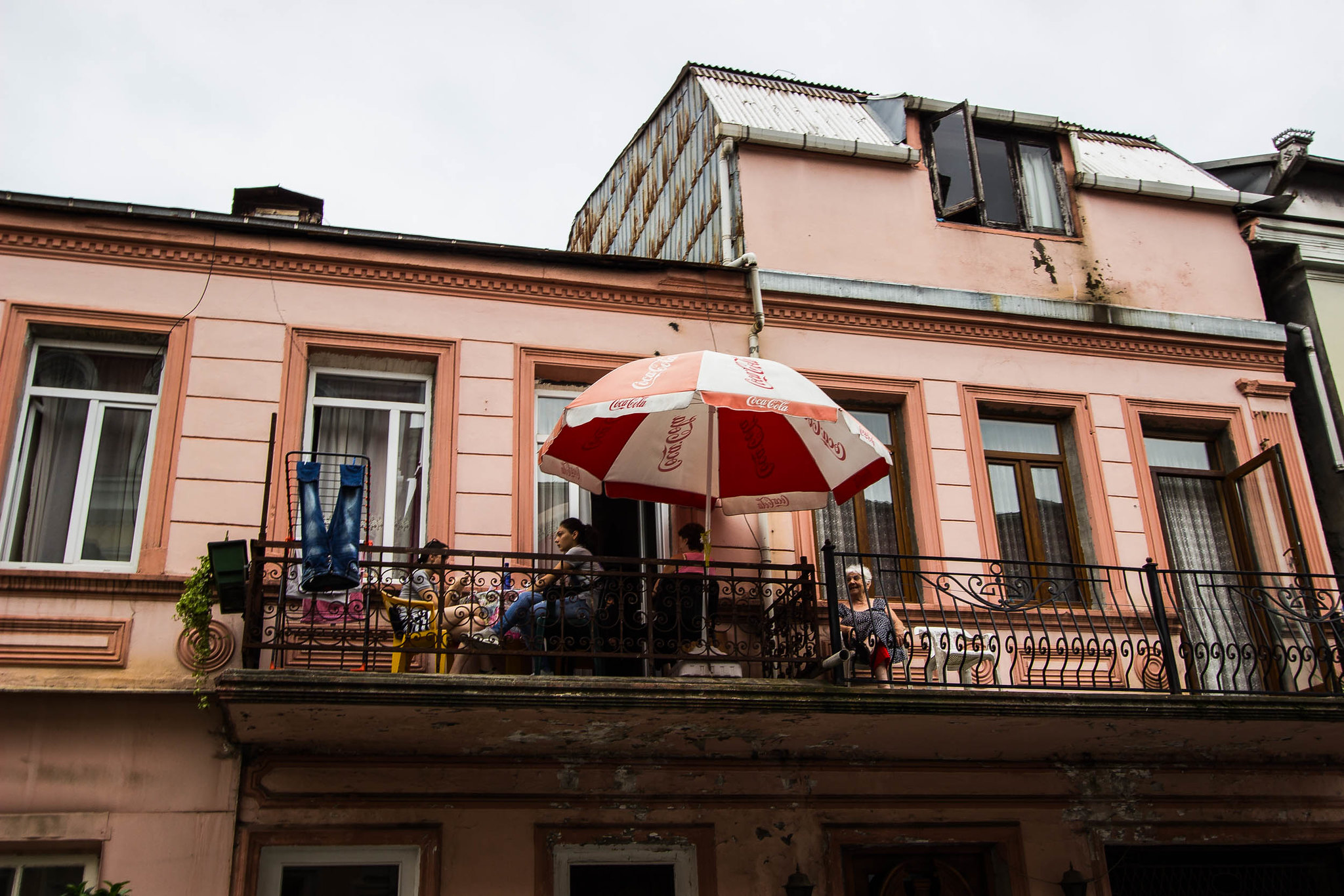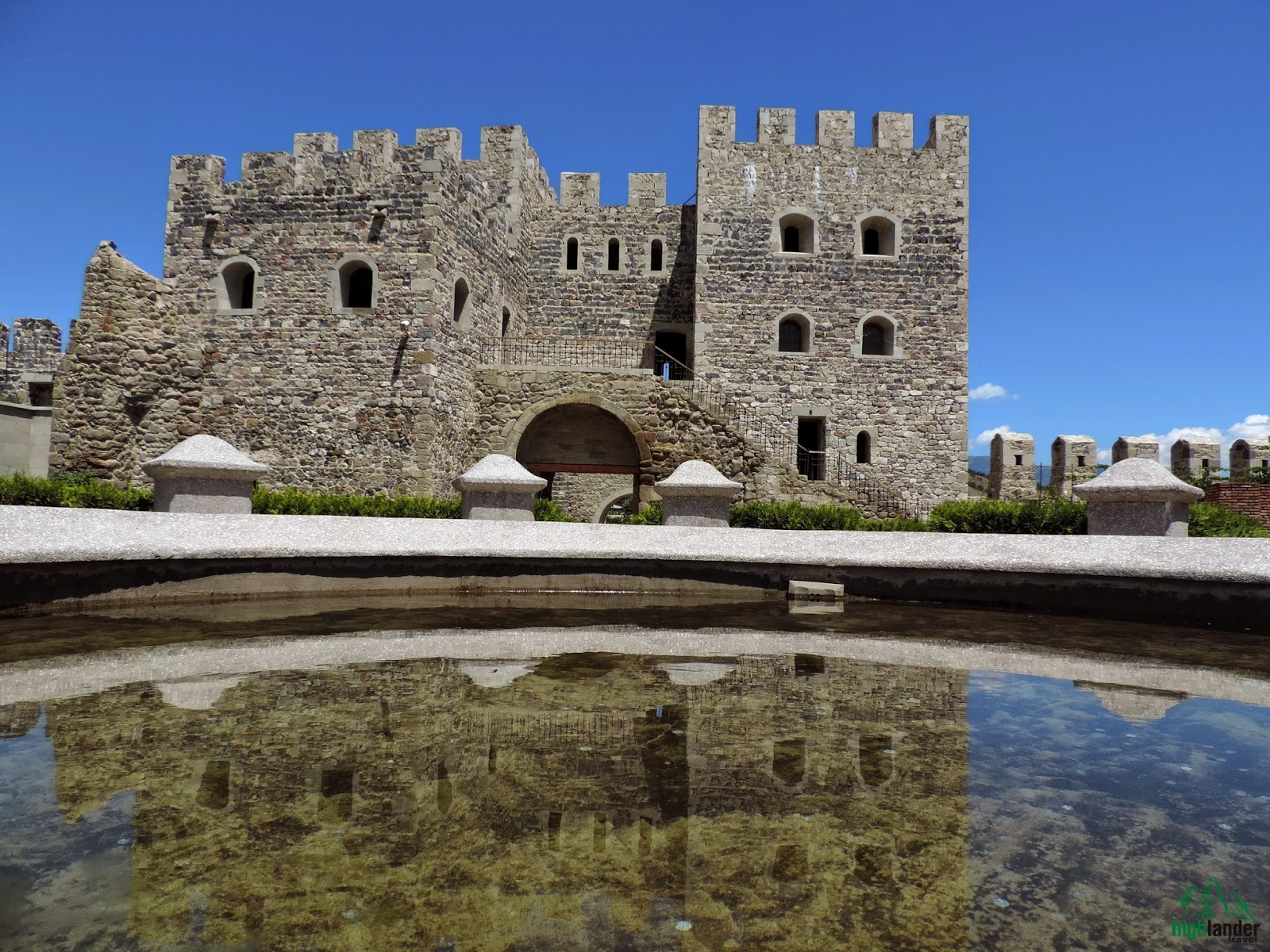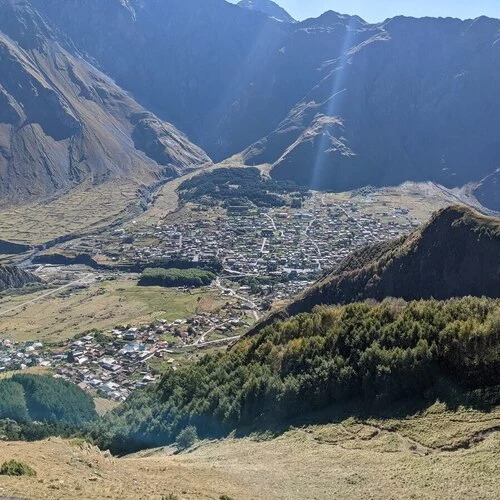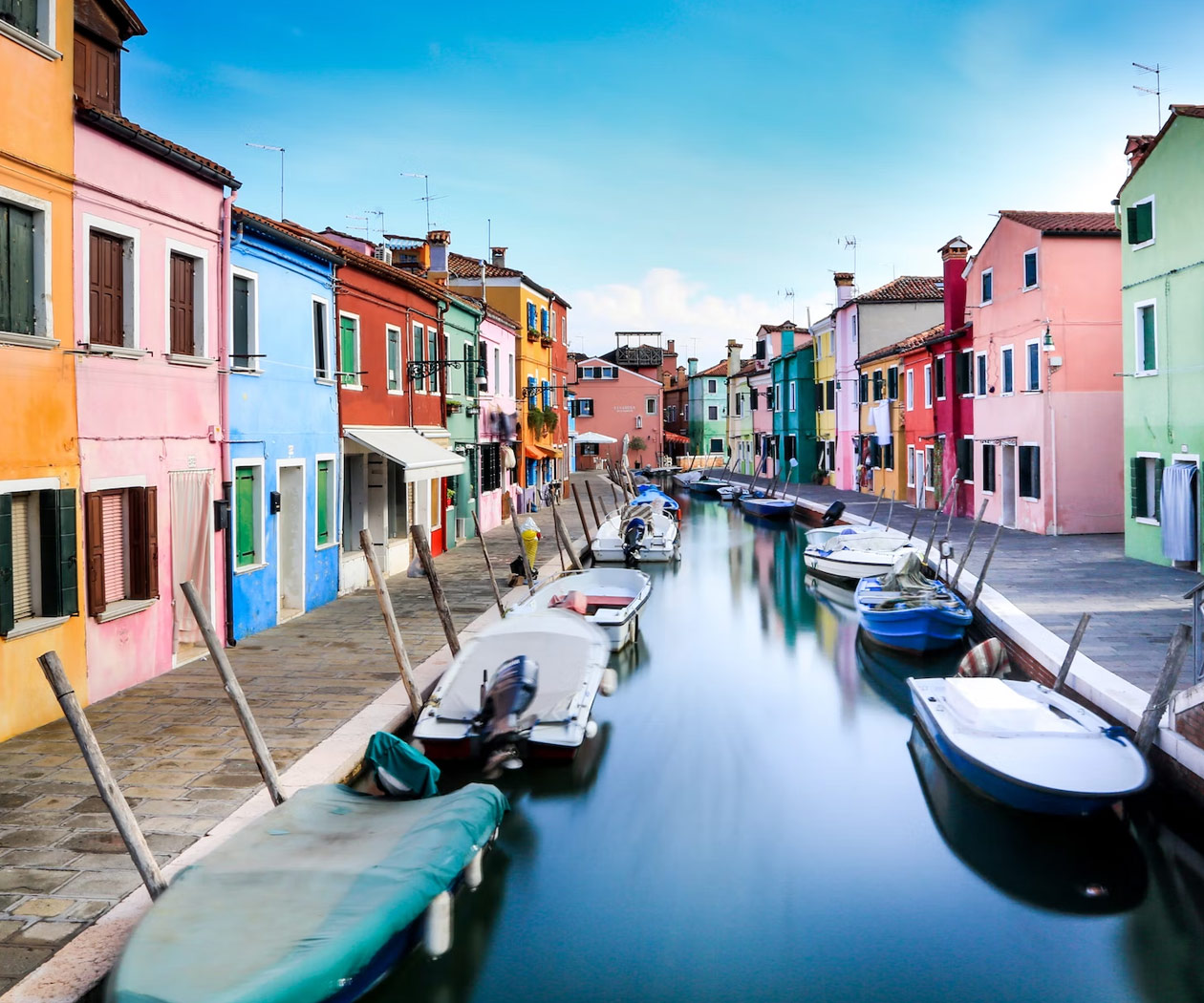Kvemo Kartli
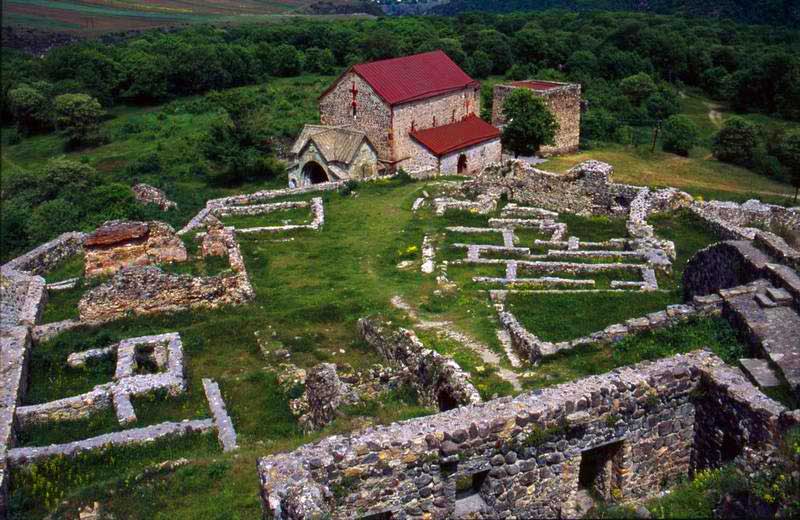
Kvemo Kartli: Where Humans First Left Africa
Home to the oldest human fossils outside Africa, underappreciated medieval churches, and an overpriced glass bridge—Kvemo Kartli is where you find Georgia’s real hidden gems if you look past the tourist developments
Let’s be direct: you’re probably not coming to Georgia for Kvemo Kartli.
This agricultural region south of Tbilisi isn’t on most Georgia itineraries. It has no wine tourism, no dramatic mountain scenery, no charming towns, and almost no tourist infrastructure. Most travelers drive straight through on the highway to Armenia without stopping.
But here’s my honest take after years of working in Georgian tourism: Kvemo Kartli contains some of Georgia’s most undervalued historical treasures. Dmanisi isn’t just important—it’s a world-class archaeological site that rewrote human history, yet it gets a fraction of the visitors it deserves. Bolnisi Sioni is one of Georgia’s oldest and most significant churches, containing the earliest Georgian inscription, yet tourists obsess over more famous (but sometimes less historically important) monasteries elsewhere.
Meanwhile, the region’s main “tourist attraction”—Dashbashi Canyon’s glass bridge—is the opposite problem: overpriced and over-hyped for what it is.
Kvemo Kartli has two faces:
The real treasures: Dmanisi’s 1.8-million-year-old fossils, Bolnisi Sioni’s 5th-century basilica, forgotten medieval churches, and atmospheric German villages that tell unexpected stories. These are criminally undervisited and underappreciated.
The tourist trap: Dashbashi Canyon’s glass bridge—managed by Kass Resort, nicely developed, photogenic, but in my opinion, overpriced for what you get compared to the free or cheap historical wonders nearby.
Should you visit Kvemo Kartli? If you’re interested in real history and archaeology, absolutely. If you just want the glass bridge Instagram shot, maybe reconsider.
Tours in Kvemo Kartli
Should You Actually Visit Kvemo Kartli?
My honest answer: Yes, but for the right reasons.
Skip Kvemo Kartli if:
- You have less than 10 days in Georgia (prioritize elsewhere)
- You’re only interested in Dashbashi’s glass bridge (it’s overpriced)
- You want dramatic scenery (Kazbegi, Svaneti are better)
- You want Georgian wine culture (Kakheti is better)
- You need tourist infrastructure
Visit Kvemo Kartli if:
- You’re fascinated by human evolution (Dmanisi is a hidden gem)
- You appreciate undervalued historical sites (Bolnisi Sioni deserves more recognition)
- You’re interested in early Christianity and medieval Georgian architecture
- You want to see German heritage (Asureti and Bolnisi have unique Fachwerk houses)
- You’ve already seen the main Georgia destinations
- You’re traveling to/from Armenia and want meaningful stops
My take on what’s undervalued:
Dmanisi should be as famous as Olduvai Gorge in Tanzania or the Atapuerca sites in Spain. It’s a world-class paleontological discovery that changed our understanding of human migration, yet it gets maybe 20 visitors a day. This is Georgia’s greatest hidden gem in terms of global significance.
Bolnisi Sioni and other medieval churches in Kvemo Kartli contain some of Georgia’s most important early Christian architecture and inscriptions, but they’re overshadowed by more accessible sites like Jvari or Svetitskhoveli. If you care about the actual historical and architectural significance (not just pretty photos), these churches matter more than people realize.
Dashbashi Canyon, meanwhile, gets heavily promoted because it’s a modern tourist development with a glass bridge. It’s nice, well-managed by Kass Resort, photogenic—but at 49 GEL entry (expensive for Georgia) plus overpriced food, you’re paying resort prices for a canyon that’s pretty but not extraordinary. Compare that to Dmanisi’s 15 GEL museum entry or Bolnisi Sioni’s free access, and the value proposition is backwards.
The bottom line: Kvemo Kartli rewards travelers who value substance over Instagram. If that’s you, this region deserves your time.
Dmanisi: Georgia’s Hidden Gem
In my opinion, one of the most underrated sites in all of Georgia
Why Dmanisi Actually Matters
In 1991, Georgian archaeologist David Lordkipanidze discovered something extraordinary in Dmanisi, a small village 85 km southwest of Tbilisi: 1.8-million-year-old hominid fossils—the oldest evidence of human ancestors outside Africa.
This isn’t just “interesting for history buffs.” This is a site that fundamentally changed human evolutionary science.
Before Dmanisi, the story was: Homo erectus evolved in Africa around 2 million years ago, became sophisticated, then left Africa about 1 million years ago as a relatively advanced species.
Dmanisi proved: Humans left Africa much earlier (1.8 million years ago) and in a much more primitive form than anyone thought. The Dmanisi hominids had small brains, primitive features, yet they still managed to migrate and survive in Eurasia. This discovery forced scientists to rewrite the narrative of human evolution.
What was found:
- Five skulls of early Homo erectus (different ages, both sexes)
- Stone tools (showing early technology)
- Animal bones (evidence of diet and hunting)
- Proof that human ancestors were more diverse and adaptable than previously believed
Why it’s undervalued:
Sites of equal paleontological importance (like Olduvai Gorge in Tanzania or Zhoukoudian in China) are UNESCO World Heritage Sites with international recognition and thousands of visitors. Dmanisi gets maybe 20-30 people a day, mostly Georgian school groups.
The Georgian government doesn’t promote it effectively. Most tour operators focus on mountains and wine. Many guides don’t fully understand its significance. The result? One of the world’s most important archaeological discoveries sits in a village most tourists have never heard of.
This is criminal. If Dmanisi were in Western Europe or North America, it would be a major tourist destination with a massive museum, interpretive centers, and international funding. In Georgia, it’s a modest museum visited mostly by academics and the occasional curious traveler.


